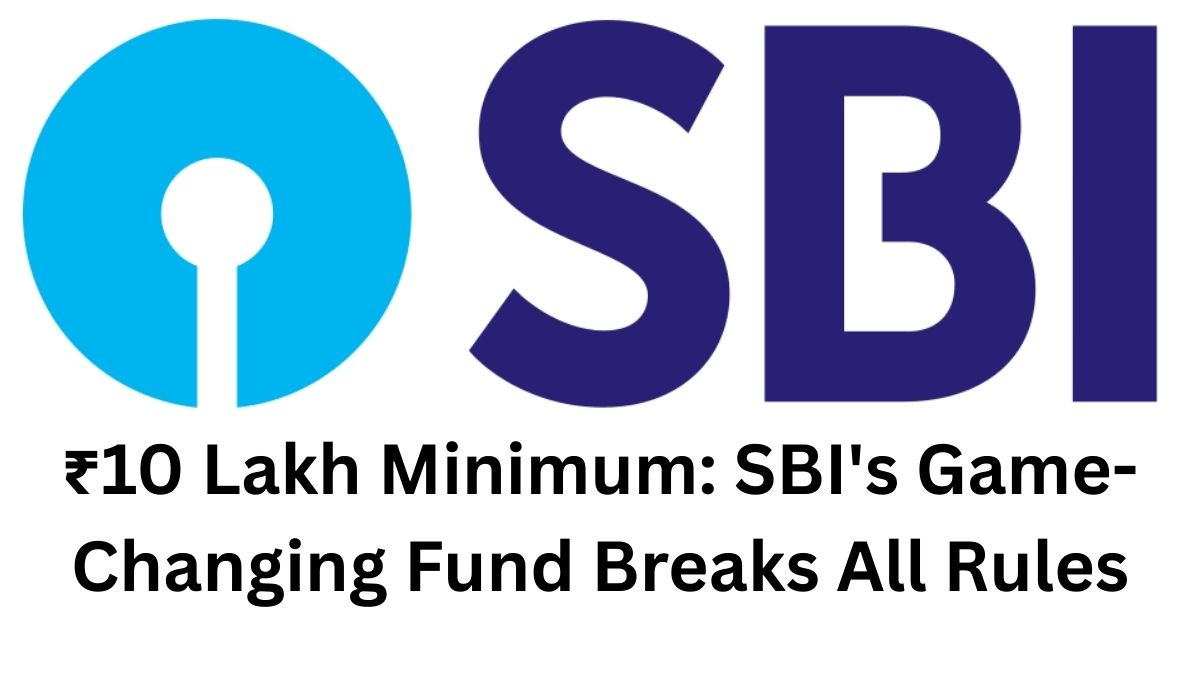The investment landscape in India is witnessing a significant evolution with the introduction of Specialized Investment Funds (SIF), and SBI’s latest offering – the Magnum SIF Hybrid Long Short Fund – represents a compelling middle ground between traditional mutual funds and Portfolio Management Services (PMS).
Bridging the Investment Gap
What caught my attention about this development is how strategically positioned SIFs have become in addressing a critical gap in the Indian investment ecosystem. While mutual funds allow investments starting from ₹5,000, PMS requires a minimum of ₹50 lakh – creating a substantial void for middle-class investors with deeper pockets.
SIFs fill this gap perfectly with a minimum investment threshold of ₹10 lakh, making sophisticated investment strategies accessible to a broader investor base. This positioning signals SEBI’s recognition that India’s growing affluent middle class needs more options beyond traditional mutual funds.
SBI’s Strategic Fund Allocation
The fund’s allocation strategy demonstrates a balanced approach that prioritizes stability while capturing growth opportunities:
Equity Component (55-75%): The fund maintains a substantial equity exposure through stocks and equity-related instruments, ensuring participation in market upside while staying within reasonable risk parameters.
Derivatives Strategy (0-25%): Here’s where SIF differentiates itself from mutual funds. The fund can utilize unhedged derivatives – essentially naked derivatives – which are prohibited in traditional mutual funds except for hedging purposes. This flexibility allows fund managers to generate returns through sophisticated trading strategies, though with a conservative 25% cap on short positions.
Debt Instruments (25-35%): High-quality debt instruments provide the stability backbone, ensuring consistent income generation that reduces overall portfolio volatility.
REITs and InvITs (0-10%): Real Estate Investment Trusts and Infrastructure Investment Trusts add diversification, potentially offering inflation-hedged returns.
Tax Efficiency: The Game Changer
The taxation structure presents a significant advantage over Alternative Investment Funds (AIF). In Category III AIFs, heavy transaction costs and taxation reduce net returns to approximately 8.5% for investors. SIFs, treated as trusts under Income Tax Article 1023D, enjoy mutual fund-like taxation benefits.
This means no transaction taxes during portfolio rebalancing, and investors face only 12.5% long-term capital gains tax after holding for 24 months. Compare this to AIF’s 30% taxation, and the advantage becomes crystal clear.
Target Investor Profile
This fund addresses specific investor needs:
Conservative Wealth Builders: Investors currently satisfied with 6.5% bank FD returns can potentially achieve 10-11% returns with similar comfort levels.
Retirees: Those seeking stable income without exposing capital to high-risk assets will find this appealing.
Mature Investors: Individuals with deeper pockets who want stability over aggressive growth.
The fund explicitly targets investors seeking stable returns with minimal risk – essentially competing with equity savings funds but with enhanced return potential through derivatives usage.
Operational Considerations
Several operational aspects require attention:
Liquidity Constraints: Unlike daily liquidity in mutual funds, redemptions are limited to specific days (Monday and Thursday for SBI’s fund). However, given the target investor profile, this shouldn’t pose significant challenges.
Investment Minimums: While the initial investment is ₹10 lakh, subsequent investments require ₹10,000 multiples, compared to Edelweiss SIF’s more flexible ₹1,000 multiples.
Exit Loads: Minimal exit loads apply – 0.5% for 15 days, 0.25% for 15 days to 1 month, and zero thereafter.
Market Positioning and Competition
SBI positions this fund against Category III AIFs, while Edelweiss compares their similar offering to equity savings funds. This strategic positioning suggests SBI views their fund as capable of delivering AIF-like returns with superior tax efficiency.
The timing is particularly significant as SBI, India’s second-largest mutual fund house, enters the SIF space with a conservative hybrid approach – demonstrating their commitment to investor safety while exploring new territories.
Investment Considerations
The fund’s success will largely depend on the fund manager’s ability to:
- Generate alpha through derivatives strategies
- Maintain stability through debt allocation
- Navigate market volatility while preserving capital
For investors considering this option, the key question isn’t whether it will outperform aggressive equity funds, but whether it can consistently deliver superior risk-adjusted returns compared to traditional debt-heavy portfolios.
Looking Forward
The launch of SBI Magnum SIF represents more than just another investment product – it signals the maturation of India’s investment ecosystem. As more fund houses launch SIF offerings, competition will drive innovation and potentially better returns for investors.
For those seeking that sweet spot between mutual fund safety and PMS sophistication, SBI’s hybrid long short fund presents an intriguing option. The combination of professional management, tax efficiency, and regulatory oversight makes it worthy of serious consideration for eligible investors.
The key to success with this fund lies in aligning expectations with its conservative mandate and maintaining the long-term perspective essential for optimal tax treatment and return generation.
